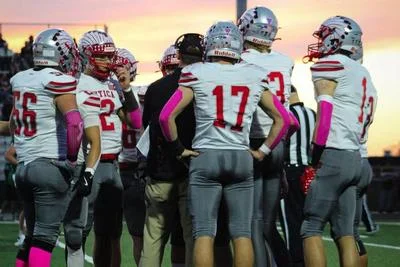Let’s talk big-money contracts.
The big baseball news lately hovers around the “Face of the Yankees” and one of the faces of major league baseball, Aaron Judge. Judge is larger than life. At 6-foot-7 and 282 pounds, he IS a big man. When he hits home runs – in his 2017 rookie season, he hit 52 of them, and in his career, he has 159 bombs in 584 games – his exit velocity and distance are second only to teammate Giancarlo Stanton.
Judge has been injured often and has played only two full seasons, but he has a rocket arm in right and has hit a decent-enough .276. Judge is popular, and his jerseys sell more often than any other player’s.
So Judge, playing at age 29 in his last year before free agency, at a rate of about $17 million, is playing his market value. The Yankees offered him seven years at $30.5 million a year ($213.5 million) plus paying this year at $20 million. That $233 million wasn’t enough for Judge and his agent, who are “disappointed “ in the offer.
Unconfirmed rumors are that Judge’s camp wants nine years at closer to $36 million a year – $324 million through his age 38 season. That is the same amount the Yankees are paying Gerrit Cole, and that is NOT working out for them so far this season, as Cole is struggling after three starts with an ERA of 6.35 and a 0-0 record. The Bronx Bombers were also burned on the last four years of Alex Rodriquez’s $275 million deal and Jacoby Ellsbury’s $153 million signing, so the Yankees are wary, which upsets fans who want them to spend, spend, spend like the old days.
So Judge is disappointed. We all say, hey, offer ME $30 million and I will play for you forever. But we are NOT Aaron Judge.
MLB spent $4.05 billion in salaries last year and claims to earn about that in revenue, so the owners claim they are not breaking even with other expenses counted. The Yankees are worth (according to Forbes) $6 billion, with teams averaging a net worth of $2.07 billion. Each team earns a minimum of $100 million from TV rights. Do teams have a right to conduct business in a regular business profit structure? Fans may not think so, but business economists say they do.
Is it greedy billionaires employing greedy millionaires? Aren’t players ethically allowed to make as much as the market will bear, just as popular actors charge as much as they can get per film? If owners are willing to pay it, can players be blamed for marketing short careers with unique skill sets in an entertainment venue that earns billions, and asking for as much as they can get?
In 1930, Babe Ruth was paid $80,000 a year. He was asked if he thought he deserved to be making more money than President Hoover; he said, “'Why not? I had a better year than he did.” That contract would be worth about $1.4 million today.
In 1990, the Oakland A’s signed Rickey Henderson to a four-year, $12 million contract, the highest salary of the time. Less than halfway into the deal, other players were paid higher salaries, and Henderson said he was “embarrassed by his low contract.”
Not all players are out for the money.
Stan Musial, at $100,000, had a terrible 1959 season and demanded a 20% pay cut from St. Louis the next season. Mickey Mantle, at $100,000, was offered more than Willie Mays’ $105,000 in 1964. Mick said no, that if he made $106,000 Willie would make $107,000, and so on.
Lyman Bostock signed a six-year, $2.3 million contract with the Angels in 1977. In April 1978, he was off to a poor start at .150 and offered to forfeit his entire salary. Team president Buzzie Bavasi refused to take it, and Bostock hit .404 in June and finished at .296.
Ken Griffey Jr. wanted to play for Cincinnati and signed a $7 million per year deal with the Reds in 2000. He could have made double that in bigger markets, but he wanted to be in Cincy and thought that was enough money to live on.
Mark McGwire signed with the Cardinals in 2002 for $15 million a year, when the players' union wanted him to be a $20 million player. McGwire was happy in St. Louis and said if he couldn’t get by on $15 million a year, there as something wrong with him.
Now, if the Yankees want to keep their salary costs down, that is their business model. Fans hate it, but that may be their current structure. If the Oakland A’s play “Moneyball,” that is their model, and if the Miami Marlins salary dump year after year, that is their way of doing business, and that is why Derek Jeter jumped ship as the team’s CEO. But, if all of a sudden 10 or 15 clubs do the same, the union will file a grievance, sue for collusion and probably win in court as it most often does.
So how much is too much? Or is there a too much? What do you think? Let me know at mike.blake@mountvernonnews.com.
See you next time.







